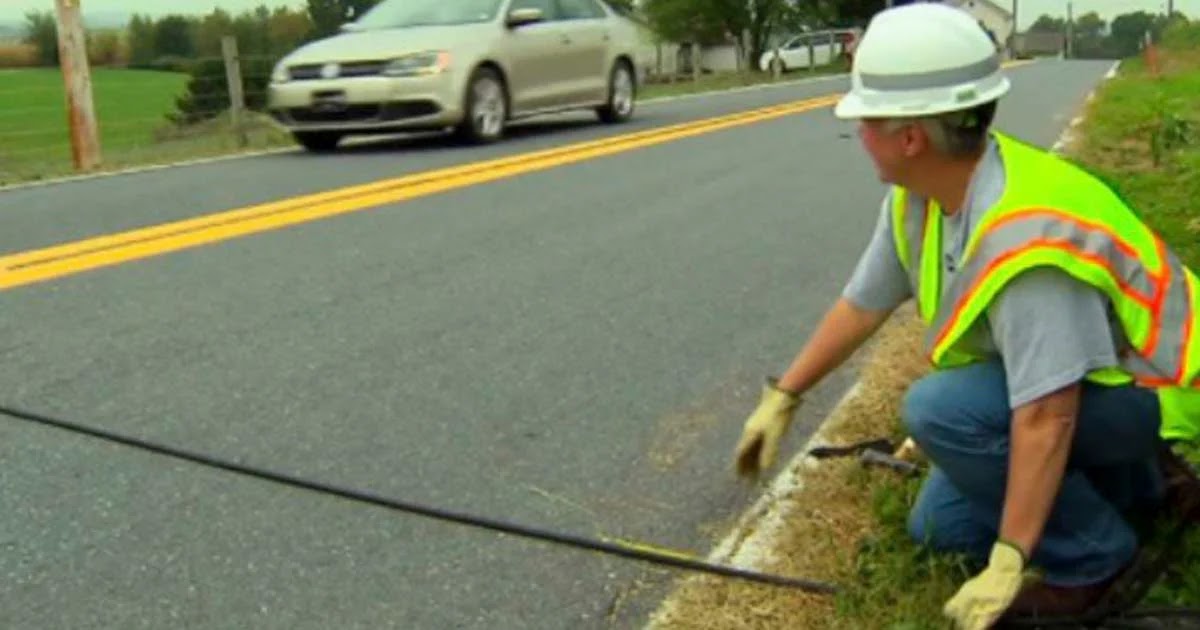Revealing the Stealthy Guardians of Traffic: The Quiet Observers of Road Data for Smarter Transportation Networks. Insights Driven by Data Traffic
Amidst your daily journey along the roads and streets, you might have come across a curious sight: black cables laid out across the pavement, almost like covert guardians of the asphalt. But what do these mysterious tubes signify, and how do they contribute to our transportation systems? The answers lie in the realm of traffic surveillance and data analysis.
These seemingly ordinary black cables are, in reality, portable traffic monitors strategically positioned by transportation authorities for analytical purposes. Predominantly utilized by local agencies, these tubes hold crucial information about road usage and traffic flow patterns. With over 12,000 of these traffic monitors dispersed throughout the state, they furnish invaluable data that informs the planning and enhancement of our road networks.
Unraveling the Mechanics Behind the Black Cables
The technology underpinning these inconspicuous rubber tubes is elegantly straightforward yet exceptionally efficient. Each time a vehicle's tires make contact with the tube, a burst of air is triggered, activating an electrical signal logged by a monitoring device. This ingenious pneumatic mechanism enables the tracking of vehicle volumes traversing a road within specific time frames. By scrutinizing the intervals between these air bursts, transportation agencies can discern peak traffic periods. Deployed in pairs, these tubes yield even more comprehensive data, facilitating the identification of vehicle types, speeds, and travel directions.
Such data is far from inconsequential—it serves as the cornerstone for well-informed decisions regarding road signage, speed regulations, and allocation of transportation resources. Guided by these insights, municipalities can refine their traffic management strategies, ensuring the efficiency and safety of road systems for all users.
Beyond Traffic Enumeration: The Versatility of Road Tubes
While the primary purpose of these pneumatic road tubes is traffic monitoring, their utility transcends mere enumeration. These discreet instruments function as multi-dimensional data collectors, playing a pivotal role in enhancing our road infrastructure and facilitating smooth traffic flow.
The U.S. Department of Transportation elucidates the operational intricacies of these tubes. As a vehicle's tires traverse the rubber tube, a surge of air pressure is generated, triggering the closure of an air switch that sends an electrical signal to a monitoring device. These tubes can be configured as either temporary or permanent installations, each serving distinct objectives. Temporary setups, typically lasting a day, offer rapid insights into traffic dynamics, while permanent arrangements enable continuous, in-depth monitoring.
Transportation agencies strategically position these black cables in areas with minimal interference, focusing on straight segments of road for optimal data collection. Through single-tube configurations, agencies can assess vehicle counts and time intervals between vehicles. When employing paired tubes, the system delves into traffic complexities, capturing axle counts, directions, and velocities.
These unassuming tubes also play a crucial role in addressing urban road management challenges. In response to residents' concerns about speeding or shortcutting, these tubes are deployed to investigate and substantiate claims. The data they generate informs the formulation of transportation budgets and the implementation of effective remedies.
In summary, the next time you encounter those enigmatic black cables spanning the road, take a moment to acknowledge the intricate data network they represent. These inconspicuous instruments serve as silent witnesses, capturing the rhythm of our roads and guiding the decisions that shape our transportation infrastructure. As you traverse these tubes, remember that they are more than meets the eye—they are the pulse of our evolving road networks.


Post a Comment